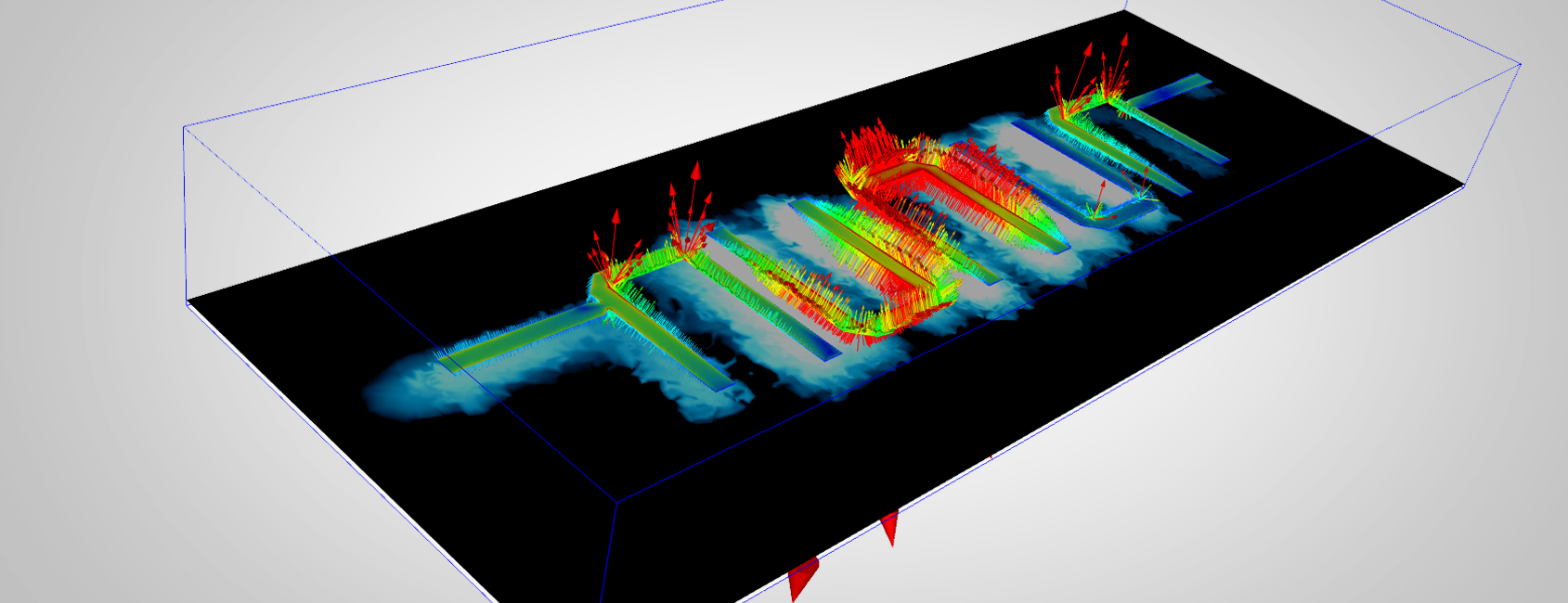rf997
Junior Member level 2

Hello, I am trying to make a lumped element band-stop filter that stops between 470-690 MHz. I designed the circuit with ideal elements as shown in the figure, but in order for it to be produced, I need to insert microstrip lines. However, I need to connect 6 elements at the junction points. What kind of structure should I use here?








